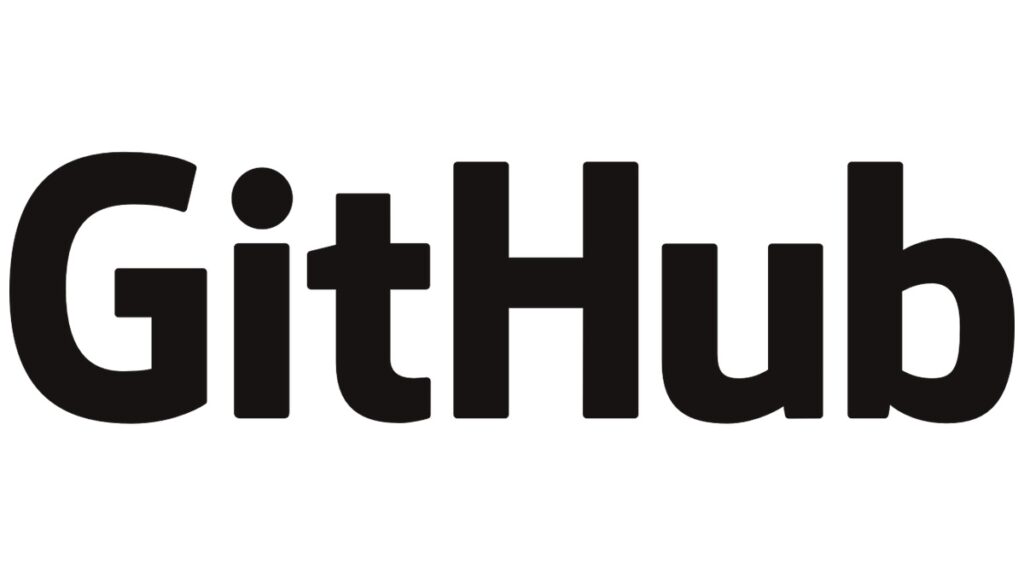If you do not have a whole team to help you with web design stuff and want to get acquainted with GIT, you have encountered the annoyance of file sharing. No matter how hard you try, when many individuals collaborate on a typical project without a version control system, things become messy instead.
Issues like overwriting, missing data, and the all-too-common “work out the previous version” phenomenon are continually arising. And after back-end code has been put into the models, you are afraid to access them for fear of destroying what a developer has invested a lot of time working. Understanding the necessary computer programming skills like variables, refactor code, logical operators, etc, is imperative for an aspiring programmer.
In comparison, even though you have a typical archive that someone is digging out of odds, at least one team member has failed to log the latest files and is about to blow it up with their newest changes.
Version Control – What is it?
Version Control (also known as revision control or source control management) is a perfect way to address file sharing.
The basic idea is this: there is one primary directory for all project files. Crew members scan the data, create adjustments, and then check them back in (or commit them). The Version Control System (VCS) would immediately show who modified the files, why they were changed, and what was fresh or unusual regarding them.
It also asks you to compose a short statement about the move so that everybody on the team understands what you have changed and why. Each file would then have a modification history such that you can quickly switch back to the prior version of every file if anything goes wrong.
When you partner with developers to create and execute websites, merging between front-end models and back-end code may be a mysterious black hole. This article will enlighten you with five tricks for GIT that you might not have known before.
Tip 1: Devote some time studying the fundamentals
Learning the basics does not imply you have had to read the whole Git documentation from start to finish (though if that is your thing, I will not deter you from doing that).
There is so much educational material on Git that I am relatively sure there is something out there that suits your interests and your ideal learning style. Github, as the name suggests, is the best place to get started.
Tip 2: Begin with a single Git workflow
Git is also synonymous with dynamic workflows. But let me add this: you do not have to master Git absolutely to immediately enjoy the rewards.
Git workflows can be fundamental—and in several situations, “simple” is just what you need. Sure, you can use multiple remote repositories, question pull requests, rebase updates, etc, so you should not have to do it if you do not want to.
Starting with a basic workflow often allows it to introduce more complexities later when you need Git’s more sophisticated features. When you need them, the advanced features will be there for you.
Tip 3: Stop being scared of mistaking
The best thing about Git is that it is nearly impossible to make mistakes.
Holding the following things in mind can make it easier for you to sleep at night:
Git is hardly ever deleting files. And acts that appear to remove objects simply also apply details to the framework that would quickly delete deletions.
In Git, you can erase almost anything. I urge you to play and test Git and try out your concepts since this is one of the most significant advantages of utilizing a version control system.
Any member of your team has a repository cloned on their machine. Essentially, this is kind of a redundant copy of the whole version-controlled project (including the entire history) in a sporadic case that you are going to screw things up a lot of time and will not repair your error.
Tip 4: Grasp the Branch Definition
The definition of branching in Git is one of the essential items you will learn at the outset. Branching helps you make different improvements in a joint project possible, which is a core component of becoming a successful Git consumer.
It might not seem like a big deal at first, but once you completely grasp the idea of branching, you may wonder how you might have existed without that capacity.
While some version control systems still use the branching principle, Git is the first framework that makes it simple and useful.
Tip 5: Read more about the staging area
Version management is most effective when you wrap only the associated modifications in a commit. This means that the commit can be rolled back quickly without side-effects. The practice of making regular commits often makes your colleagues appreciate the success of the improvements more quickly.
Git makes granular commits better than any other version control system (VCS), so you can decide which improvements will be made in the next commit.
This is made possible by a Git function called the staging field.
Learn to use and enjoy the staging area because it is one of Git is most important and unique components.

